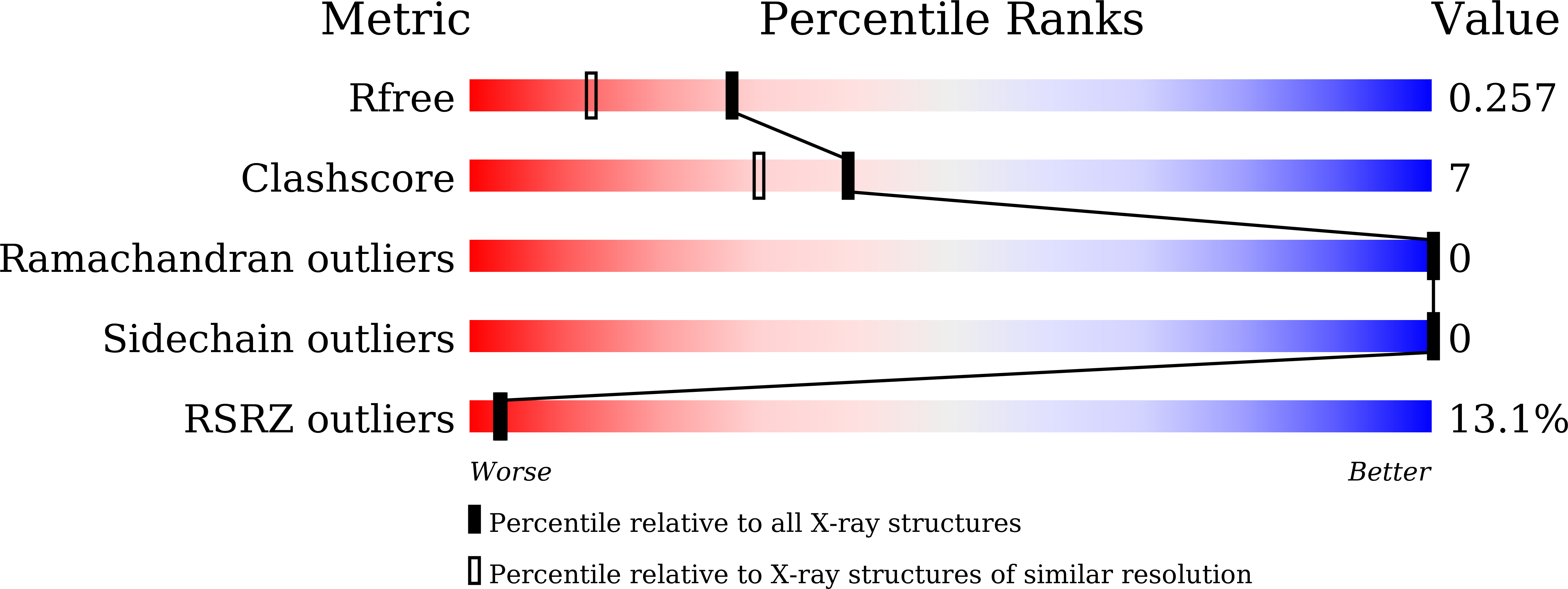
Deposition Date
2023-11-14
Release Date
2024-05-29
Last Version Date
2024-05-29
Method Details:
Experimental Method:
Resolution:
1.87 Å
R-Value Free:
0.25
R-Value Work:
0.22
Space Group:
P 21 21 21


